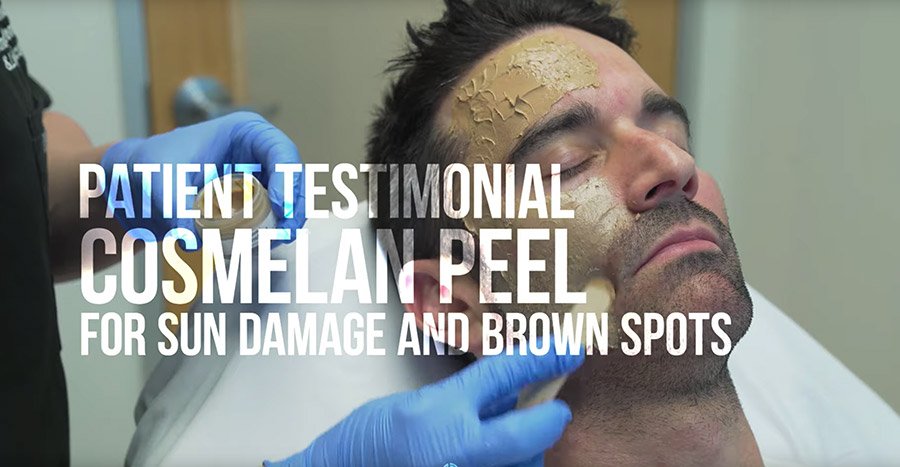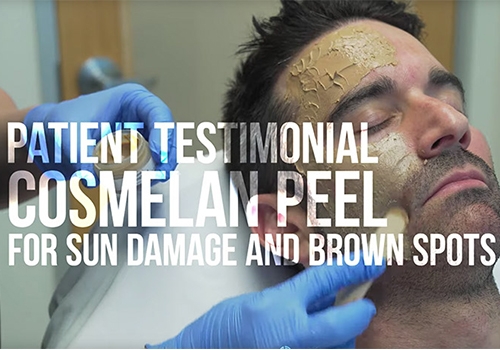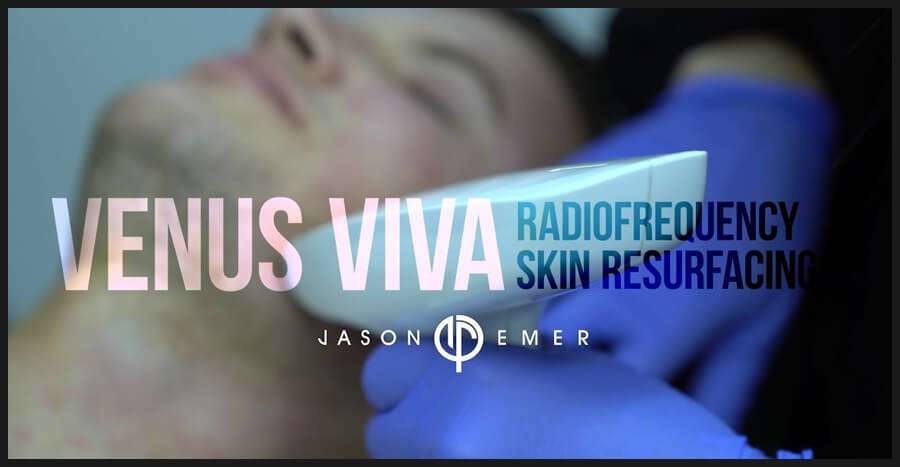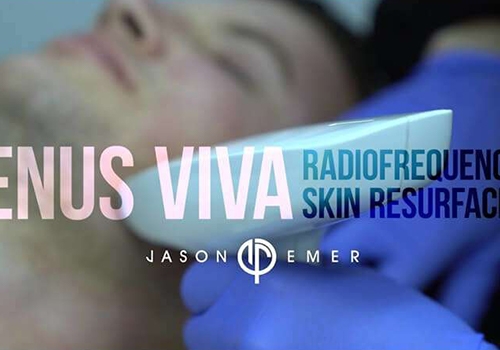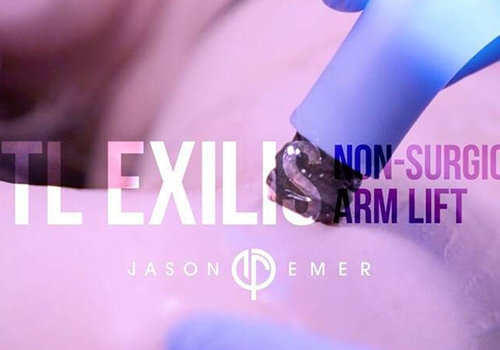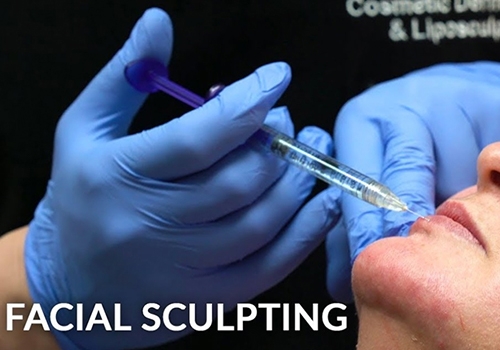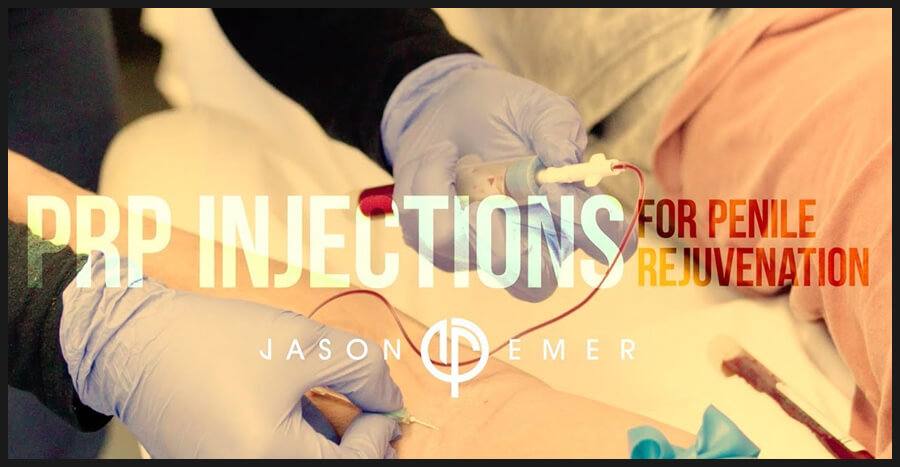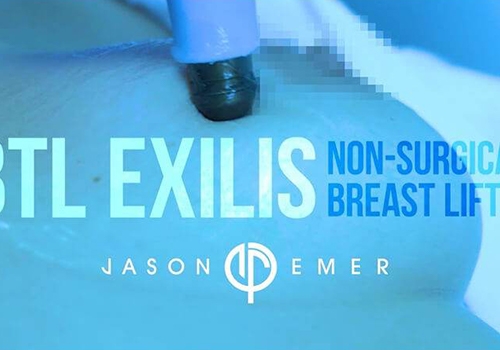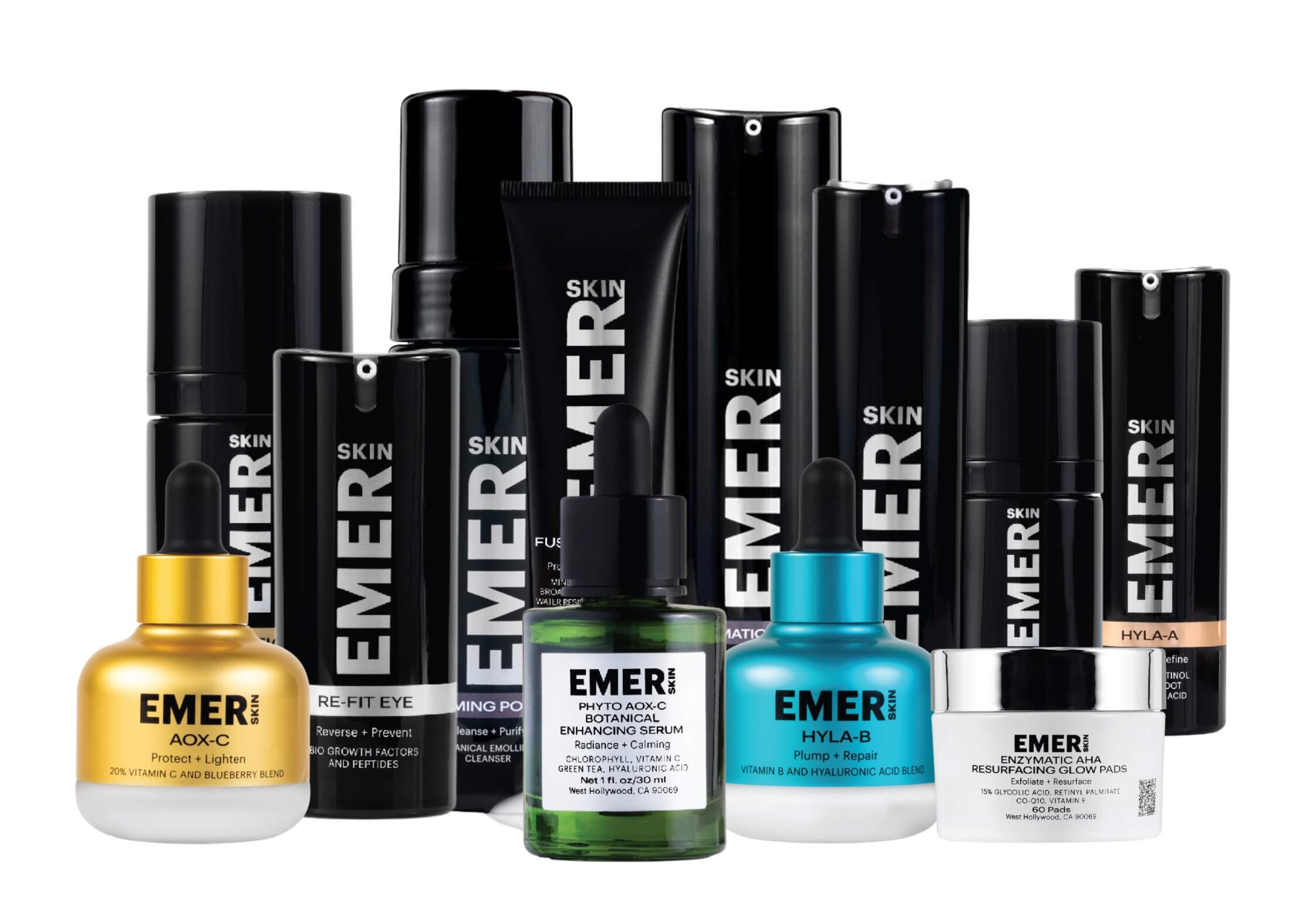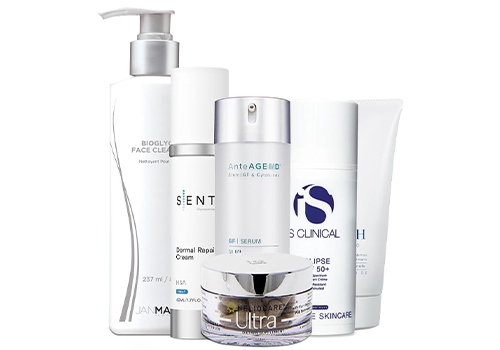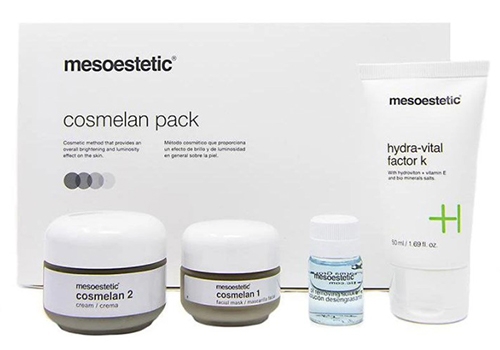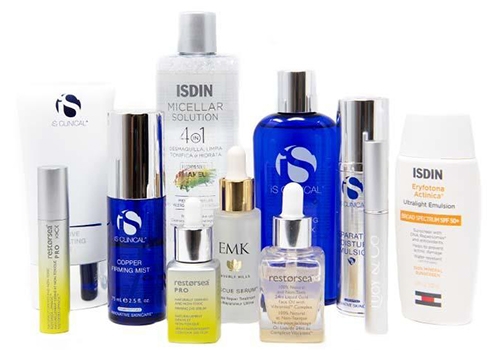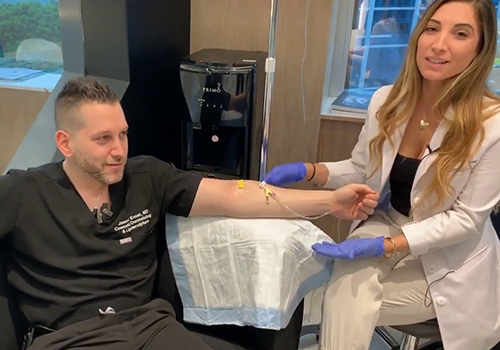Melasma is an often-misunderstood skin condition. Most people have never heard of it, and those who have often make incorrect assumptions about it. In many cases, melasma sufferers have been misinformed about aspects of this common hyperpigmentation issue. This can lead to frustrating setbacks in treatment and can cause melasma to become darker and more prominent.

The best way to reduce the appearance of your melasma, clear it away completely, and prevent it from returning is by being well-informed. This means dispelling numerous melasma myths and misconceptions.
MYTH #1: PREGNANCY IS THE CAUSE OF ALL MELASMA CASES
Melasma, also called chloasma or chloasma faciei, is frequently dubbed “the mask of pregnancy”. Because of this, it’s no wonder that people often assume that pregnancy is the reason for all melasma cases. However, while many pregnant women do develop melasma, pregnancy is not the sole cause of this skin condition. There are several potential melasma causes including hormonal imbalances, UV (ultraviolet)/blue light exposure and genetics.
The hormonal changes that lead to hormone imbalances can occur as a result of pregnancy. They can also occur because of birth-control medications, hormone-replacement therapies, stress and thyroid conditions. Excessive UV light exposure can result from being in the sun too long, not wearing proper sun protection and tanning in tanning beds. Blue light from LED screens (cell phones, laptops, tablets, televisions, etc.) can also trigger development of melasma. Additionally, there are several medications and cosmetic products that can make the skin more sensitive to sunlight. This increase in sensitivity is called a phototoxic reaction. Certain NSAIDs can cause this reaction, as can various antipsychotics, retinoids, anti-seizure medications, antibiotics, diuretics and hypoglycemics.
When melasma is triggered there is an interaction with the body’s melanocytes. Melanocytes are skin cells that produce pigment in order to protect the skin from UV rays that can cause lasting skin damage. Melasma is the superficial manifestation of melanocytes being signaled to create more melanin pigment than normal.
MYTH #2: ONLY WOMEN CAN DEVELOP MELASMA
Since melasma and pregnancy are so closely associated, it is a common myth that only women can develop melasma. In reality, since melasma is caused by UV/blue light exposure, genetics, and hormone imbalances – all things men can experience – men may also develop this condition. Melasma often affects men with darker skin tones, particularly men of Asian and African descent.
Another reason for this common misconception is based in statistics. Women are generally much more likely to experience melasma, particularly women in their 20s, 30s, and 40s, and 90 percent of melasma sufferers are female.
MYTH #3: GENETICS/HEREDITY ARE THE CAUSE OF ALL MELASMA CASES
Genetic makeup can increase the risk of developing this hyperpigmentary disorder, but it is not safe to assume that melasma’s cause is always genetic in nature. While genetic makeup can play a role, melasma can affect people of all skin tones and ancestries. A family history of melasma does increase the likelihood of experiencing this skin condition, however patients without a family history may develop it also.
It is important to note that melasma does affect patients with darker skin tones more frequently. Since the cause is often related to sun exposure, it is also more likely to affect inhabitants of regions of the world where UV radiation is stronger.
MYTH #4: IF YOU ARE NOT GOING OUTSIDE, YOU DON’T NEED TO WEAR SUNSCREEN TO PREVENT MELASMA

Most people assume that sunscreen is only for outdoor use. Because of this, they do not take the necessary steps to avoid melasma and may still develop the condition.
It is vital to apply sunscreen even if you are staying indoors all day. Sunscreen is necessary for protecting skin from UV light that comes in through windows in your home, no matter the weather outside. Additionally, sunscreen must be worn to protect against the blue light rays emitted from LED screens.
MYTH #5: IF YOU ALREADY HAVE MELASMA, THERE’S NO REASON TO WEAR SUNSCREEN
If a person has developed this form of facial hypermelanosis after excessive UV radiation exposure, they may feel like there’s no longer a reason to protect their skin with sunscreen. These people are forgetting that there are numerous types of hyperpigmentation that can form on the skin, along with rough patches and other forms of sun damage. If you have melasma, you can still get sunburned, develop age spots or even get skin cancer.
Sunscreen is an essential part of a melasma treatment plan. Sunscreen must be applied daily, regardless of the weather and should be reapplied consistently. It is very important to choose the right sunscreen since an incorrect choice can result in further darkening of melasma. Sunscreens with ingredients that cause hormonal changes should be avoided and certain chemical sunscreens can exacerbate pigmentation issues. Having a strong understanding of your skin type is vital.
It is best to use a sunscreen with an SPF (Sun Protection Factor) of 30 or higher. A broad-spectrum sunscreen with titanium dioxide and/or zinc oxide is ideal. Additionally, physical blockers are recommended for melasma sufferers. Physical blockers are sunscreens that block UV rays from the skin. These are generally more effective than chemical blockers which absorb UV rays as heat. Chemical blockers are absorbed by the skin, whereas physical blockers stay on the skin.
MYTH #6: MELASMA CANNOT BE TREATED
This is a particularly harmful myth. If a melasma sufferer believes that there is no treatment option available, they will never seek a solution. Even those who seek treatment may feel hopeless after numerous failed attempts. However, as stubborn as melasma can be, it can be treated effectively. Visiting a skilled cosmetic dermatologist who knows how to treat melasma is the first step in finding the right melasma solution for you.
Dr. Jason Emer utilizes a proven treatment process for melasma that is customized for each patient’s unique physiology. This treatment process involves multiple modalities and has proven effective for a wide variety of patients. Dr. Emer uses kojic acid, vitamin C, hydroquinone, retinol and glycolic acid. Dr. Emer often begins this process with a Cosmelan peel. The Cosmelan peel is a safe and popular option for all skin types and tones. This salicylic-acid-based chemical peel is extremely effective for melasma treatment. It lessens pigmentation and reduces melanin formation by affecting tyrosinase enzymes. This peel also primes skin cells for laser therapies. SilkPeel Dermalinfusion is another popular peel option. It lightens melasma when coupled with Lumixyl (a synthetic peptide) and vitamin C.
After the chemical peel has been performed, Clear + Brilliant or Venus Viva laser treatments are conducted. These fractional treatments are quite safe and utilize laser energy to heat the skin tissues, stimulating the cellular healing process. Once the appropriate laser treatment has been conducted, procedures like microneedling and various peels can be used to lower the chance of a reoccurrence of melasma. Microneedling involves the use of tiny microneedles to create controlled microinjuries in the skin. This triggers the body’s healing process. Dr. Emer also prescribes a customized skincare regimen with effective sun protection.
The “Vampire Facial” is another skin treatment offered by Dr. Emer to address melasma. For this injectable treatment, blood is drawn from the patient and then turned into platelet-rich plasma. After injection, the growth factors in these injections treat melasma and a host of other issues.
Dr. Emer also offers red LED light therapy for reduction of the appearance of melasma. This can be delivered using a LightStim bed, which contains numerous LED lights.
MYTH #7: AGGRESSIVE HOME EXFOLIATION CAN LESSEN THE APPEARANCE OF MELASMA
Some people think that scrubbing away at skin to remove dead and damaged skin cells will lighten melasma. After all, in-office treatments remove skin cells and can lighten the appearance of melasma on the face, so why would aggressive at-home exfoliation methods not be effective?
Unfortunately, irritation of the skin often only makes melasma worse. Irritation caused by certain skincare products or aggressive scrubbing is a trigger for the production of more pigment, darkening the melasma patches. Because of this, it’s best to avoid aggressive scrubbing.
MYTH #8: MELASMA CAN BE ADDRESSED USING ANY LASER SKIN TREATMENT
Laser skin treatments can make a major difference when it comes to addressing melasma, all laser skin treatments are not the same. They vary in intensity, depth, and many other aspects, and they must be specially calibrated to treat melasma. When the wrong laser treatment is used or the wrong settings are chosen, it can darken melasma. Laser treatments that are low-energy and low-density are ideal for melasma correction. Clear + Brilliant and Venus Viva laser treatment are suitable options. These treatments are both safe for the majority of skin types.
Clear + Brilliant is a non-ablative fractional laser treatment. Non-ablative lasers do not destroy tissue, and because of this, they are less intensive and require much less recovery time. Fractional treatments focus on small sections of the skin as opposed to the entire skin layer. This allows the surrounding skin tissue to increase healing in the treated zones.
Venus Viva is a fractional radiofrequency laser treatment. Because it utilizes radiofrequency energy instead of traditional CO2 laser energy, it is much gentler and results in much less downtime.
Laser treatments often are not enough on their own to fully address facial melasma. Because of this, they are sometimes paired with complementary therapies in order to treat the condition and create optimal results. The exact treatments chosen depend on the details of each unique case. Before selecting a treatment, it is important for a skin analysis to be performed by an experienced cosmetic dermatologist. This analysis determines the exact nature of the melasma, along with the skin’s specific attributes.
MYTH #9: MELASMA MANIFESTS THE SAME WAY FOR EVERYONE
Many people assume melasma is the same for every patient, however it manifests differently in different patients. Melasma can manifest in three ways:
Dermal – This type of melasma is located in the deeper dermal skin layer. Its borders are not always well-defined, and it appears in the form of patches that are bluish or tan in color. Dermal melasma is typically harder to treat due to its depth in the skin layers.
Epidermal – This type of melasma is located in the epidermis, which is the superficial skin layer. Its borders are well-defined, and it appears as darker brown patches on the skin. Epidermal melasma is more easily treatable due to its superficial nature.
Mixed – Patients with mixed melasma have both of the aforementioned types of melasma. Most patients have mixed melasma.
Being aware of the different types of melasma helps explain why all melasma is not treated in the same way. Because of the variance in depths, different types of melasma must be treated using different specialized modalities. Epidermal melasma is addressed using more superficial skin treatments, whereas dermal melasma is addressed with deeper-reaching treatments.
MYTH #10: ONCE MELASMA IS TREATED, IT WILL NOT COME BACK
It can be very tempting to believe that after your melasma has been fully cleared away, it will not return. Unfortunately, there is no guarantee that melasma will not manifest again, either in the treated area or in other regions. No matter which treatment modality is chosen, melasma can always come back due to UV/blue light exposure or hormone imbalances. Because of this, it is vital that patients pair treatment with prevention.
To prevent melasma from reoccurring, it is best to closely follow the long-term skin regimen prescribed by your cosmetic dermatologist. This maintenance therapy will involve high-quality products chosen specifically for your skin that do not cause inflammation or sunlight sensitivity.
Additionally, you must make sure to avoid the triggers that caused your melasma in the past. Wearing proper sunscreen is key. Since melasma is most likely to develop on areas like the forehead, cheeks, above the upper lip and around the nose and eyes, wearing a wide-brimmed hat is also an excellent way to protect your face from sun exposure.
MELASMA TREATMENT FROM DR. JASON EMER
Dr. Jason Emer, a well-respected cosmetic dermatologist with years of experience, has the knowledge needed to create a customized melasma treatment plan for each patient’s unique case. Contact us to arrange your consultation and discover the best melasma treatment for you.


